OnePlus 13 review: undercuts and outperforms
The OnePlus 13 is exceptionally easy to recommend, combining ultra-fresh tech and an Apple- and Samsung-beating price

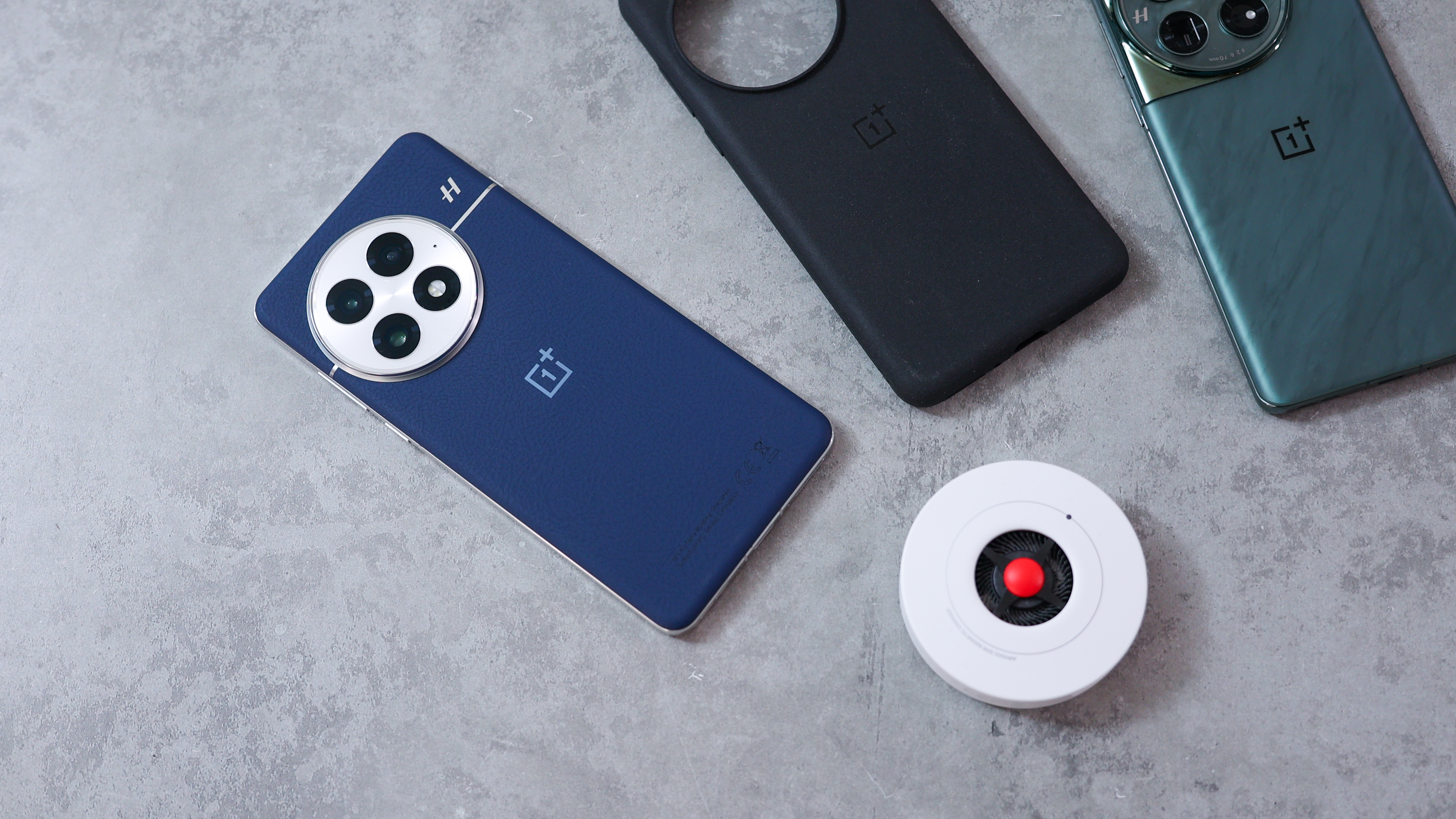
OnePlus has crammed a huge battery, the latest specs, plenty of fast storage and RAM, fast wired and wireless charging and its most polished interface to date in the OnePlus 13. The telephoto camera isn't the most versatile around, the photo processing can creep into AI uncanny valley territory when zooming, and it's a shame magnetic charging requires a case. But those minor caveats aside, this is an excellent phone at its price.
-
+
Excellent gaming performance
-
+
Incredibly good battery life
-
+
Premium style and feel
-
-
Downgraded telephoto camera
-
-
Magnetic charging requires case
-
-
Pricier than OnePlus 12 on launch
Why you can trust T3

OnePlus started life as a plucky upstart, with the OnePlus One commanding start-up-grade hype when it dropped in 2014. Almost 11 years on, the phone maker has become mature, safe, and yes, even predictable. It's this older, more conservative OnePlus that gives us the OnePlus 13 more than a decade on.
With so many phones vying for the spot of best Android phone on the scene, the OnePlus 13 launches days before the Honor Magic 7 Pro, Samsung Galaxy S25 Ultra, and a few weeks after the Oppo Find X8 Pro – all contenders for the title.
Out of the gate, the OnePlus 13 has some advantages. Its 2025 flagship is loaded with the highest-capacity battery of the bunch, a triple 50MP camera mix, AI crammed into almost every nook and cranny of the interface, and the design and screen look glorious – especially in the Midnight Ocean colour on test.
The OnePlus 13 is also one of the first phones to pack the latest chipset from Qualcomm, giving it near-gaming phone levels of power. If you think back to last year, though, that's exactly what the OnePlus 12 did, and the OnePlus 11 before it. OnePlus is certainly becoming predictable. The question is: is it predictably boring, or predictably impressive?
OnePlus 13: Price & Availability
The OnePlus 13 is available in two memory configurations: 12GB/256GB, costing £899, and 16GB/512GB, costing £949. When you consider the phone's spec and the fact 256GB is typically enough for most users, the OnePlus 13's price seems fair on first impression.
Anyone with a keen memory for prices may remember the OnePlus 12 launched at £849 for the 256GB storage option, so the OnePlus 13 clearly marks a price increase year-on-year.
Another talking point when the OnePlus 12 launched was how much cheaper the phone was in the US than in the UK and Europe, starting at $799 for US customers, £849 in the UK, and €949 in Europe. For the OnePlus 13, US and UK pricing seems more aligned at $899/£899.
Get all the latest news, reviews, deals and buying guides on gorgeous tech, home and active products from the T3 experts
OnePlus is also launching a separate 50W magnetic wireless charger and magnetic MagSafe/Qi2 style case, with pricing for both accessories yet to be confirmed.
OnePlus 13 review: What's New?
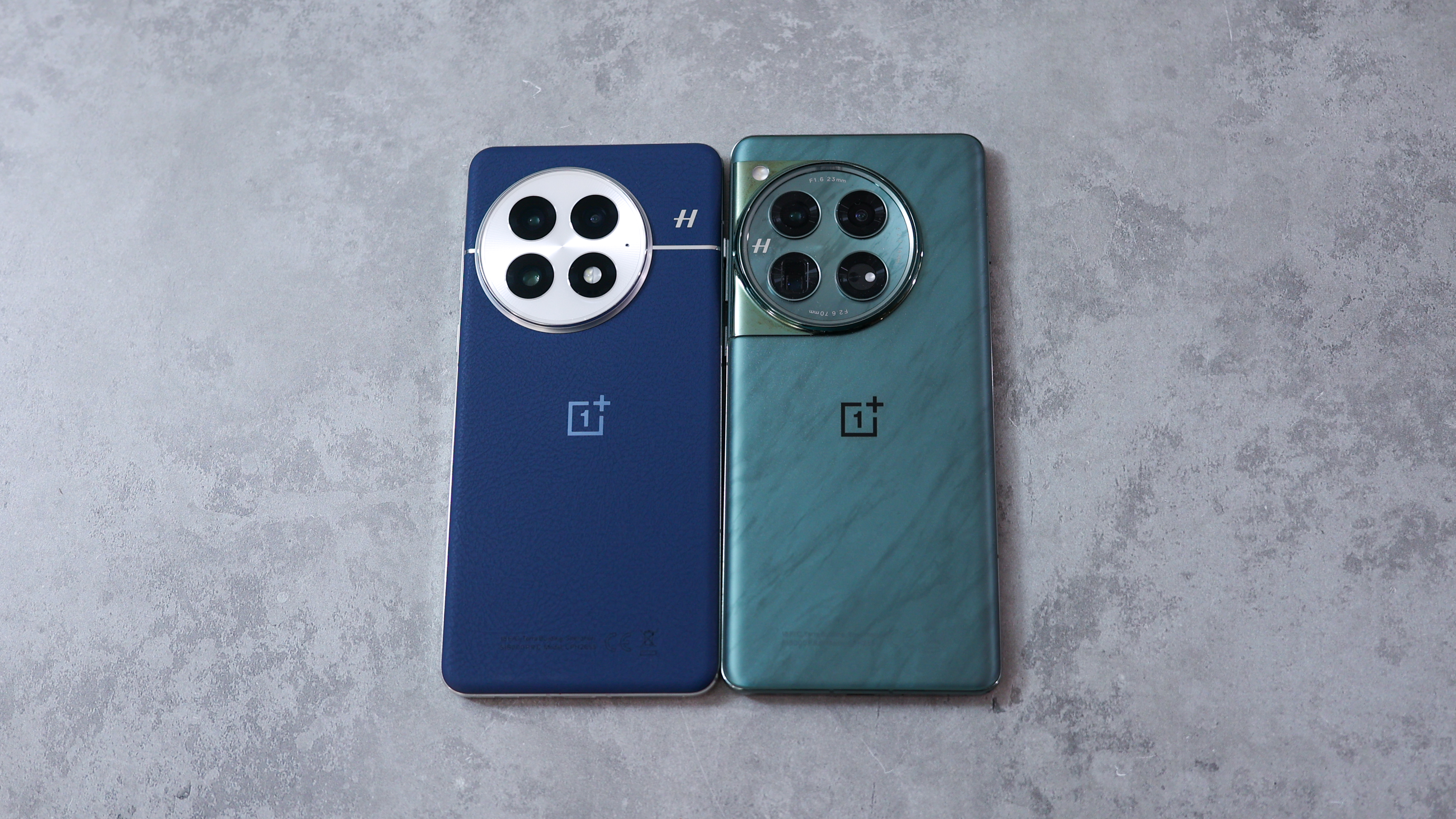
The OnePlus 13 and OnePlus 12
The OnePlus 13 drives the brand into flagship 2024-5 territory when compared to the OnePlus 12, ditching the curved screen for a flat display with quad-curved glass on all sides, adding flat sides to the mix and generally toning down the design.
With its huge 6000mAh battery, you'd be forgiven for thinking that the OnePlus 13 is a chunkier, heavier phone. But thanks to a slimmer telephoto camera and new battery tech – the same silicon-carbon innovation that makes the Honor Magic V3 such a slender foldable – it's actually thinner, lighter, and noticeably less imposing in hand.
The OnePlus 13 upgrades the chipset to the latest Qualcomm Snapdragon 8 Elite, while carrying forward the same storage and RAM spec, while it introduces ColorOS 15 and Android 15 (though both are available right now for the OnePlus 12 via an OTA software update).
Most of the remaining upgrades are under the hood: an advanced photography burst mode, the latest Hasselblad Portrait algorithms, an all-new Livephoto pipeline, and a turbo-charged AI telephoto zoom beyond 30x. The phone also shares a slew of AI tools with the Oppo Find X8 Pro (missing on the OnePlus 12), and is expected to get one extra year of software and security updates – four years and six years, respectively – making it more future-proofed.
OnePlus 13 review: Design & Display
- 6.82-inch 'ProXDR' OLED display, 4500 nits peak brightness
- 1440x3160 resolution, 120Hz refresh rate (LTPO 4.1)
- Arctic Dawn and Black Eclipse options available in glass
- Midnight Ocean available in vegan leather
- 162.9 x 76.5 x 8.5/8.9mm; 210g/213g colour-dependent
- Alert slider returns
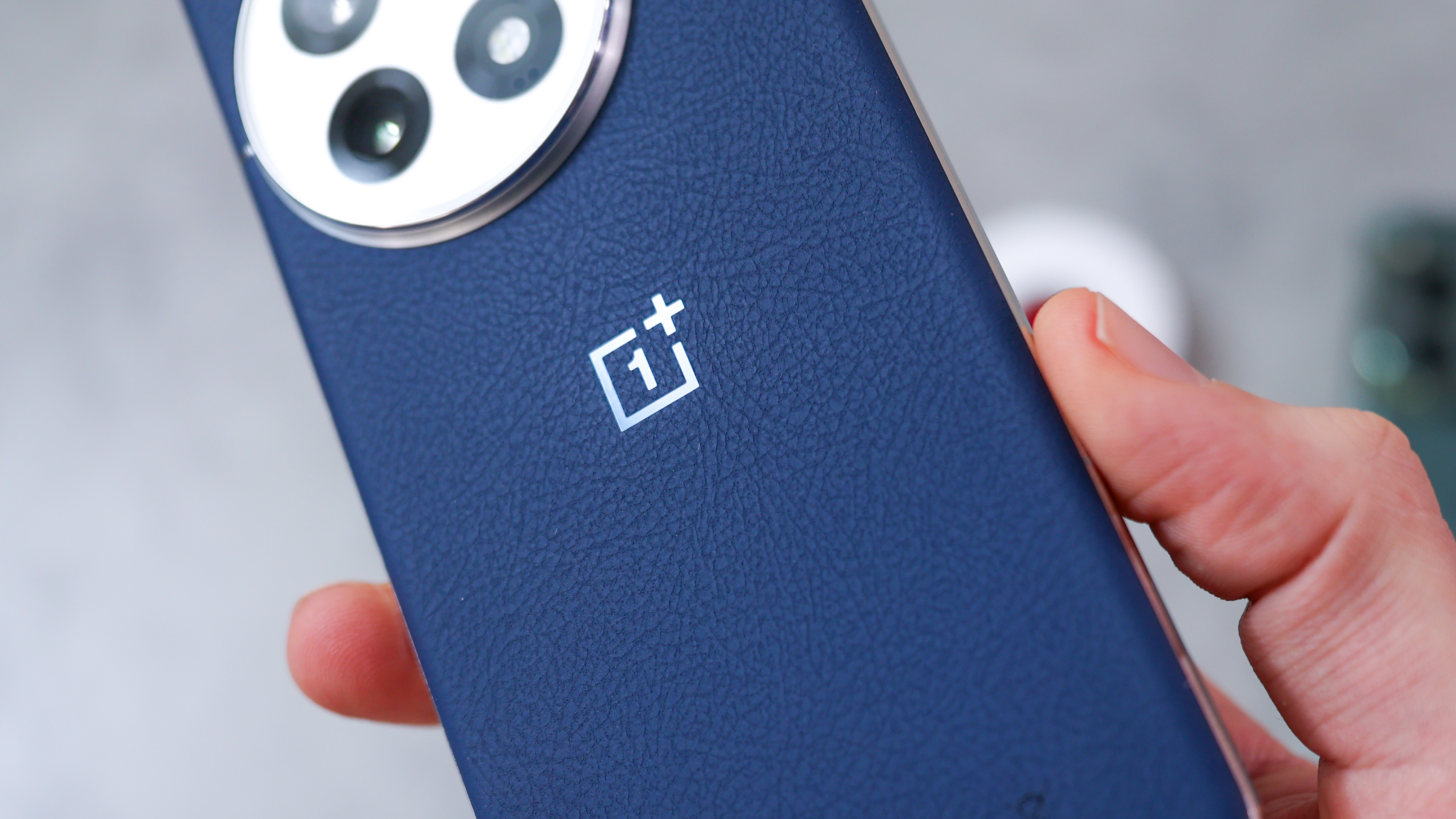
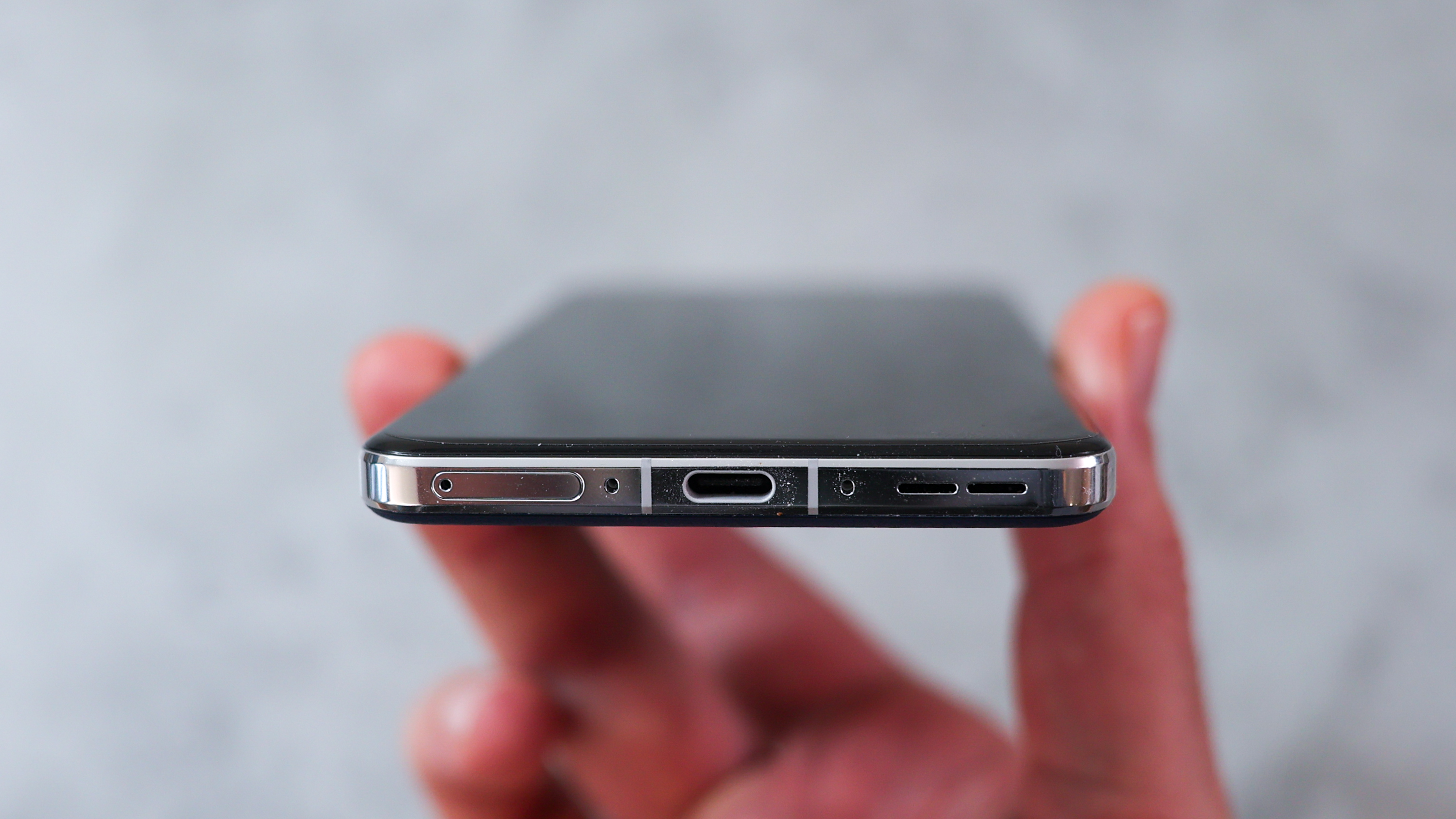
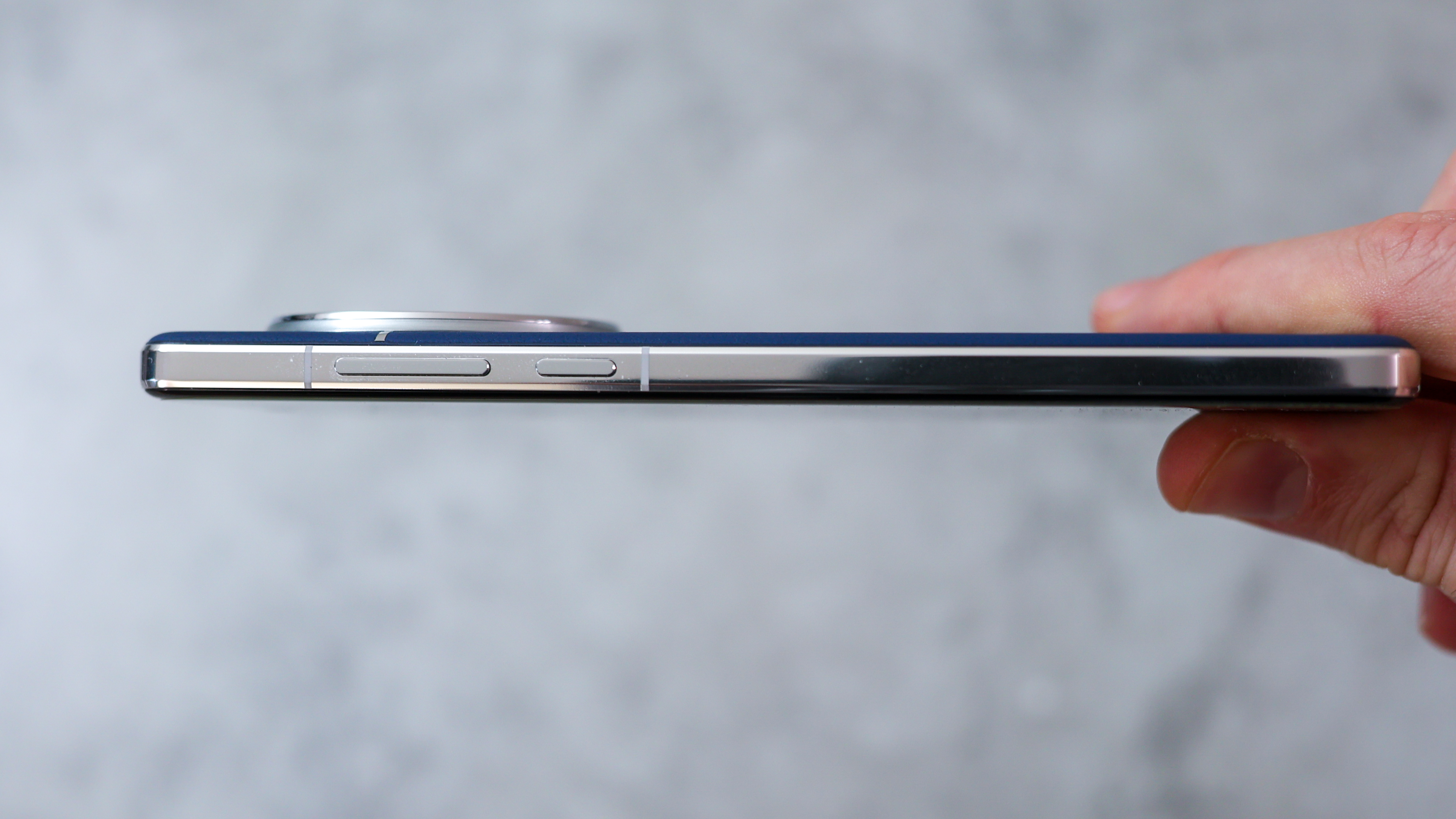
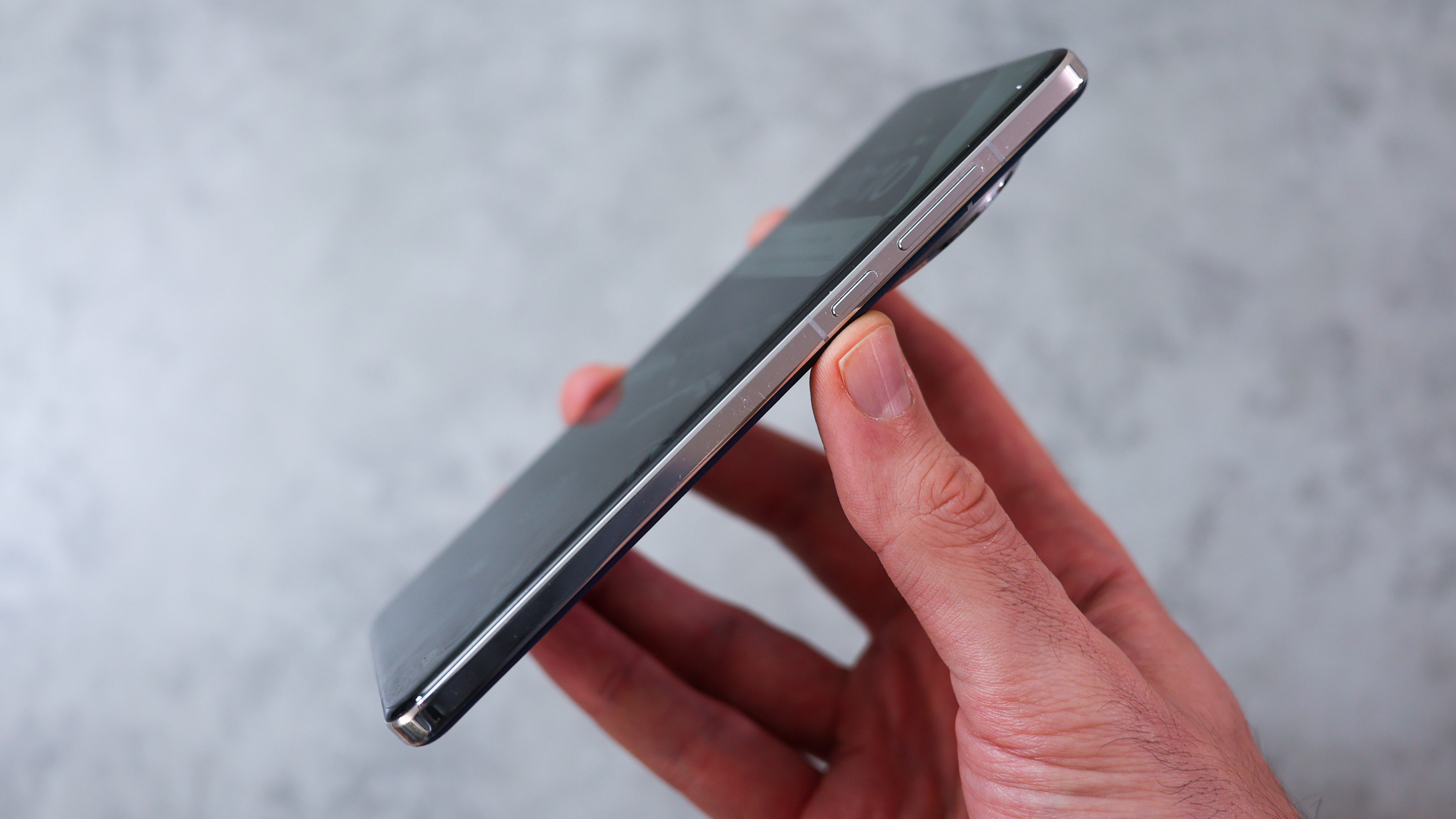
The OnePlus 13 is a big phone, slightly slimmer and narrower than the iPhone 15 Pro Max, but also a touch taller. It feels like a proper flagship and makes a good first impression.
The trend towards flat screens has seen OnePlus, Honor, and Xiaomi ditch curved screens in their recent flagships, and the move makes the OnePlus 13 feel instantly modern – helped by its sleek design and the slim bezel framing the display.
Easy-to-reach volume and power buttons are on the phone's right side, while on the left is a notification slider that can be set to silent, vibrate, or speaker-on. The USB-C port and SIM tray are at the base of the phone, while a modest camera bump sits off-centre around the back, surrounded by glass or vegan leather.
Available in three finishes, the Arctic Dawn and Black Eclipse options have glass backs, while the Midnight Ocean finish has a vegan leather back. I've been testing the Midnight Ocean colour, and it feels exceptionally comfortable and almost pillowy in hand.
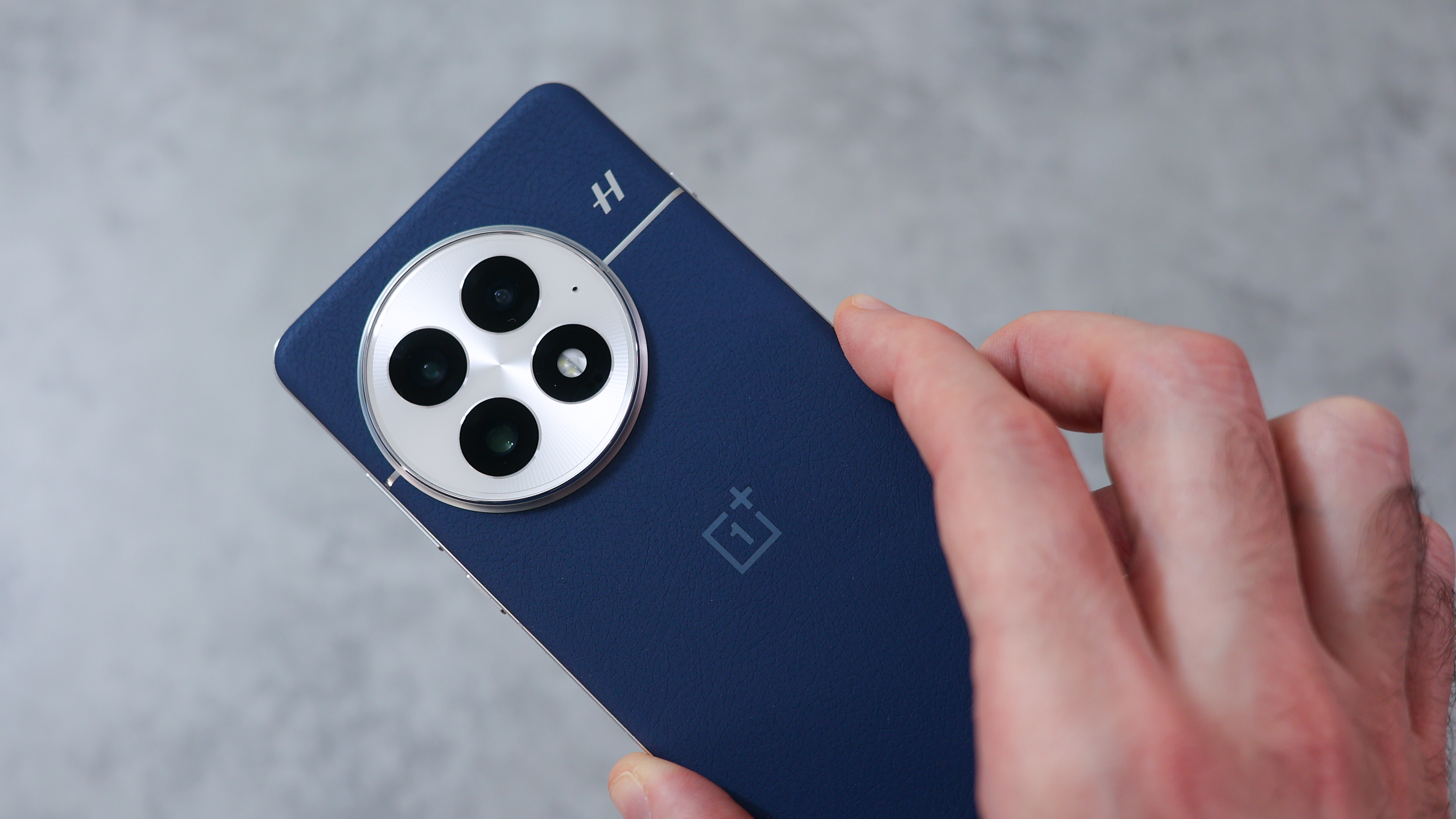
The OnePlus 13's screen is a high point. Its QHD+ resolution makes it one of the sharpest around, while a peak full-screen brightness of 1600 nits in bright environments makes it easy to see what you're doing in direct sunlight.
It's also good to see the OnePlus 13 is Netflix-certified to playback HDR10 and Dolby Vision content at up to Full HD through the app, a highlight missing from lower-cost phones, like the Redmagic 10 Pro.
Content looks glorious on the large, vibrant panel. It's the first DisplayMate A++ rated screen, and whether gaming, watching or looking at photos, it's hard to fault the visuals on show.
While I can't speak to the phone's durability in too much detail as I didn't drop it while reviewing it, the IP68/69 rating means it's both dunkable in fresh water and can endure extreme temperatures. The Ceramic Guard glass on the front of my unit also didn't pick up any noticeable scratches in my month with the phone, which is reassuring.
OnePlus 13 review: Performance & Battery
- Qualcomm Snapdragon 8 Elite
- 12/16GB RAM depending on config
- Extra 4-12GB RAM from storage
- 256GB/512GB configs
- 6000mAh silicon-carbon battery
- 100W wired, 50W wireless charging
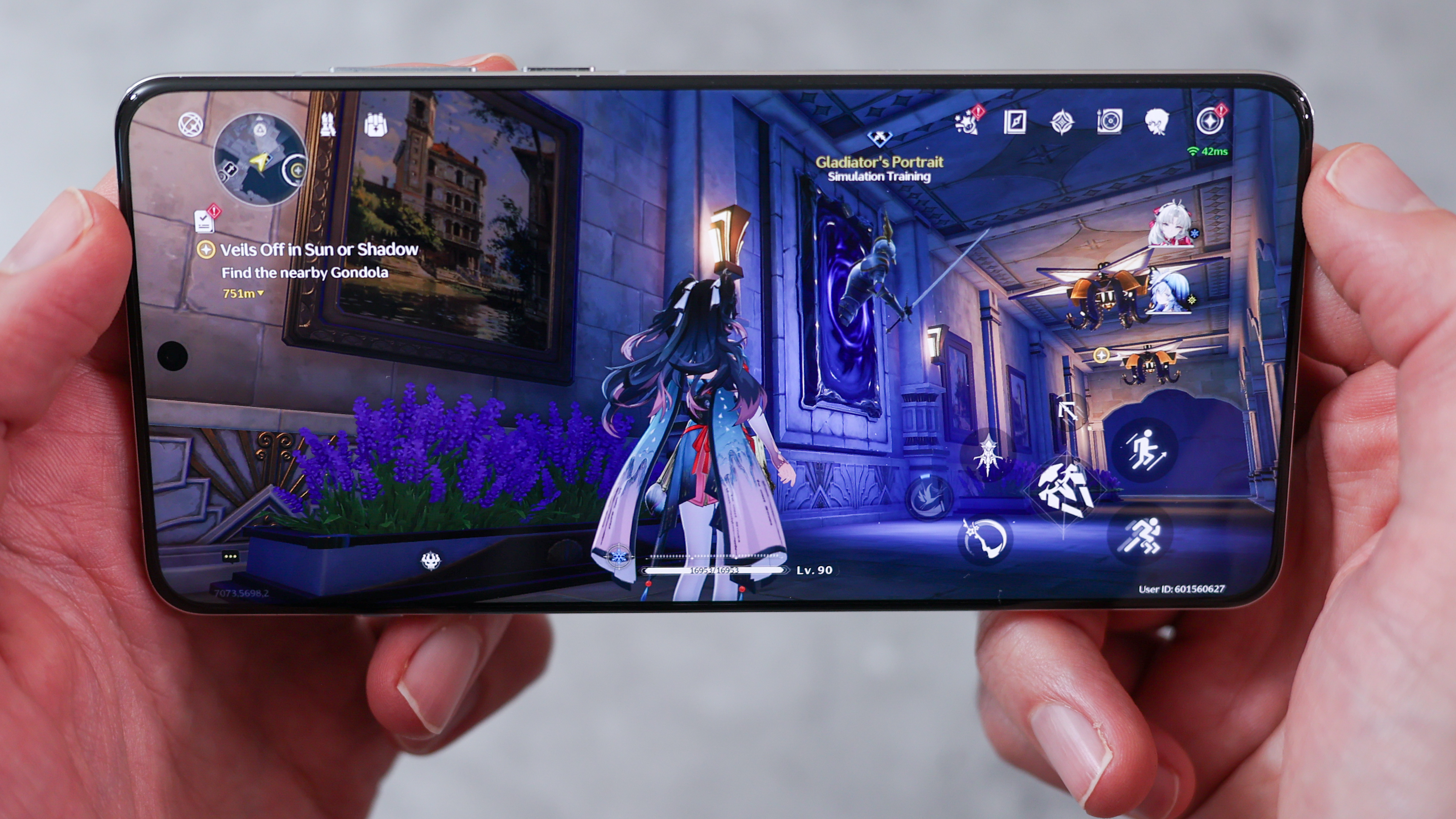
The OnePlus 13 is one of the first widely available phones with the new Qualcomm Snapdragon 8 Elite chipset, making it among the most powerful handsets you can buy at launch. This instantly makes it a great gamer's choice, scoring brilliantly in benchmarks while also playing demanding games like Genshin Impact and Wuthering Waves at maximum graphics settings without dropping noticeable frames.
The phone didn't get too hot in our time with it – not the case with the Redmagic 10 Pro, another 8 Elite phone – suggesting OnePlus throttles a bit more aggressively than some competition. Despite this, I always found performance to be silky smooth when testing, even when multi-tasking across two full-screen apps.
Another win for gaming is battery life. The new 6000mAh silicon-carbon battery within is a full 1000mAh (20%) larger than most of the 5000mAh competition, and matched with the efficiencies of the new Snapdragon chip, you'll struggle not to make it through a full day.
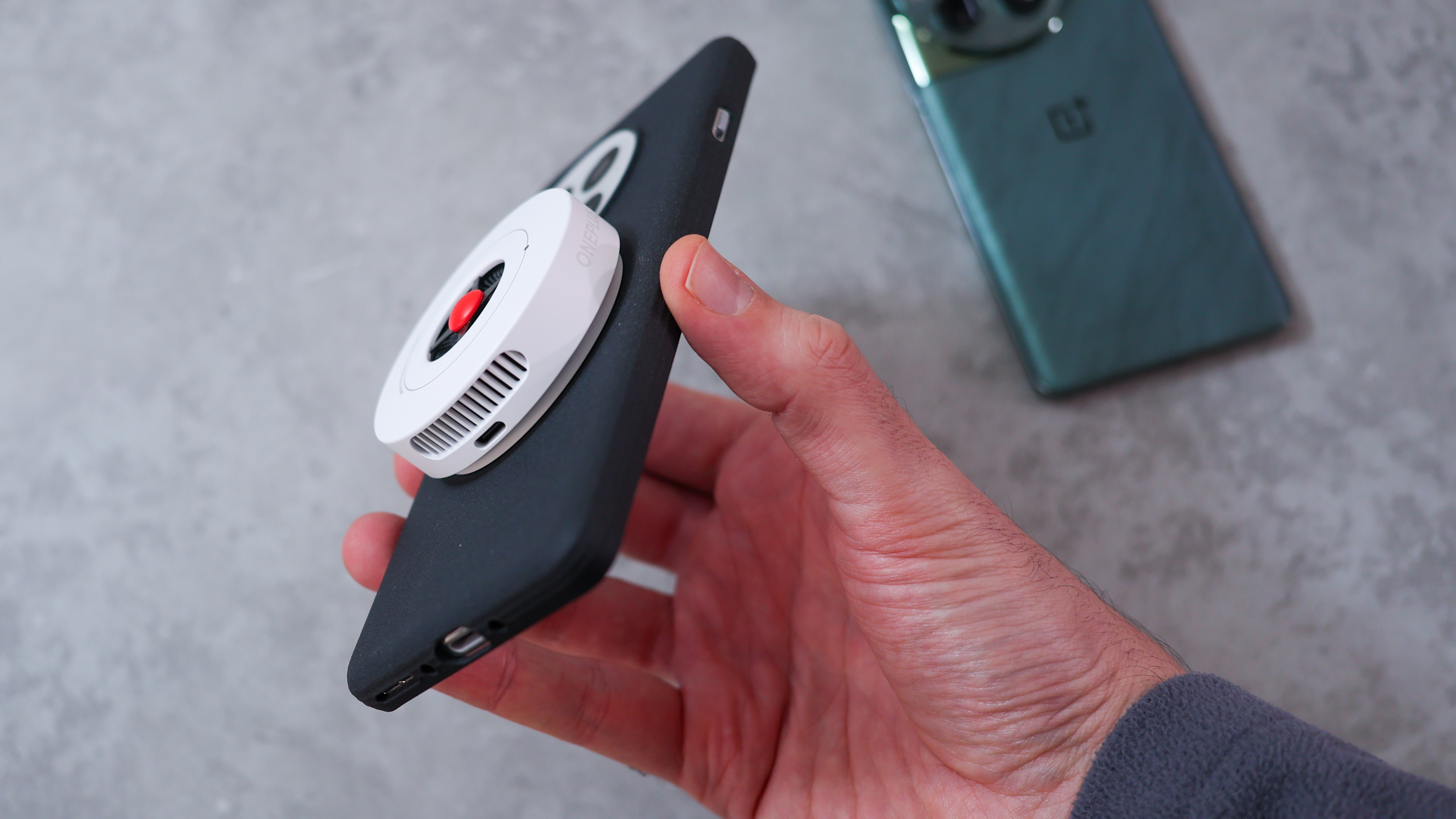
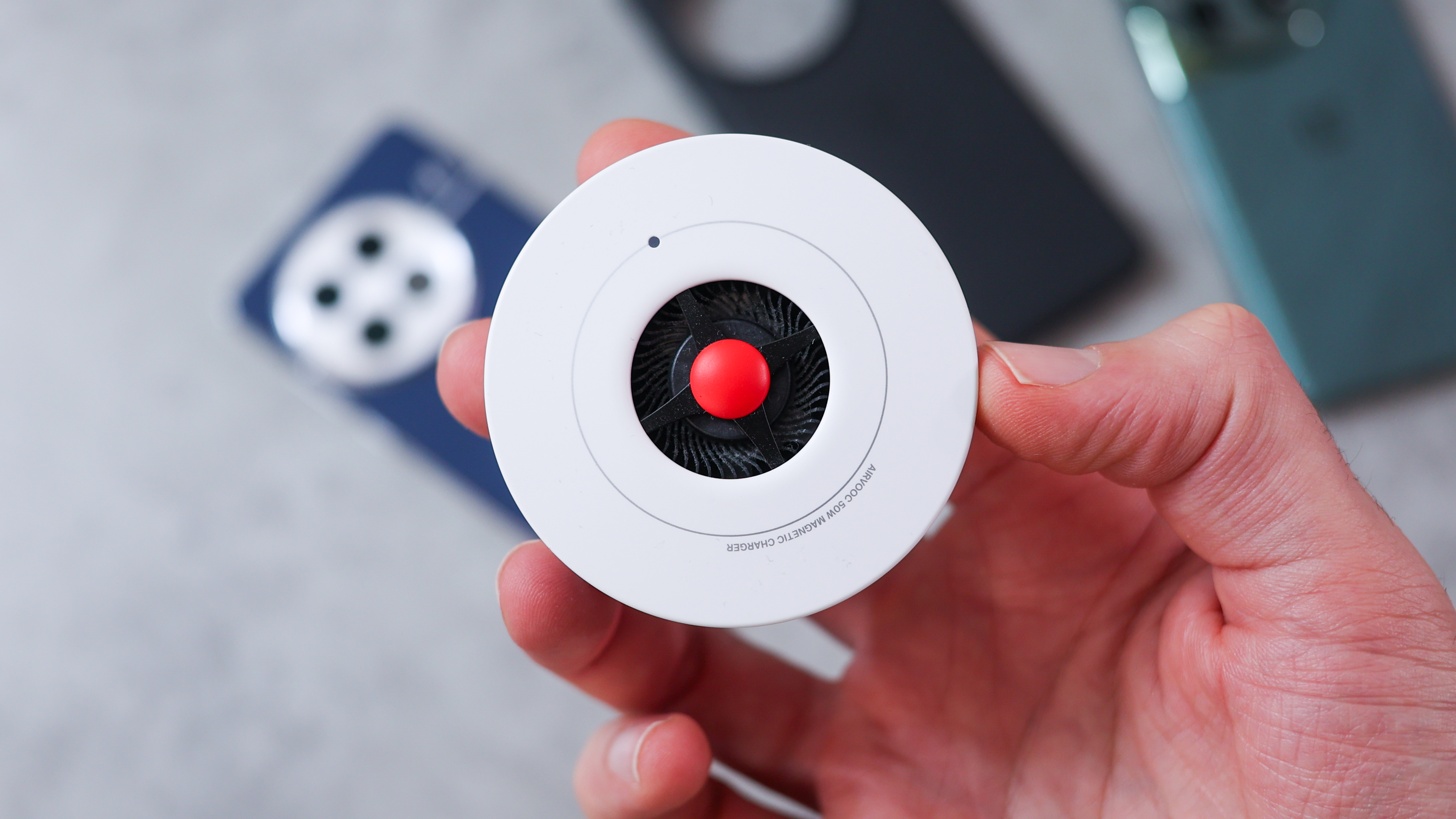
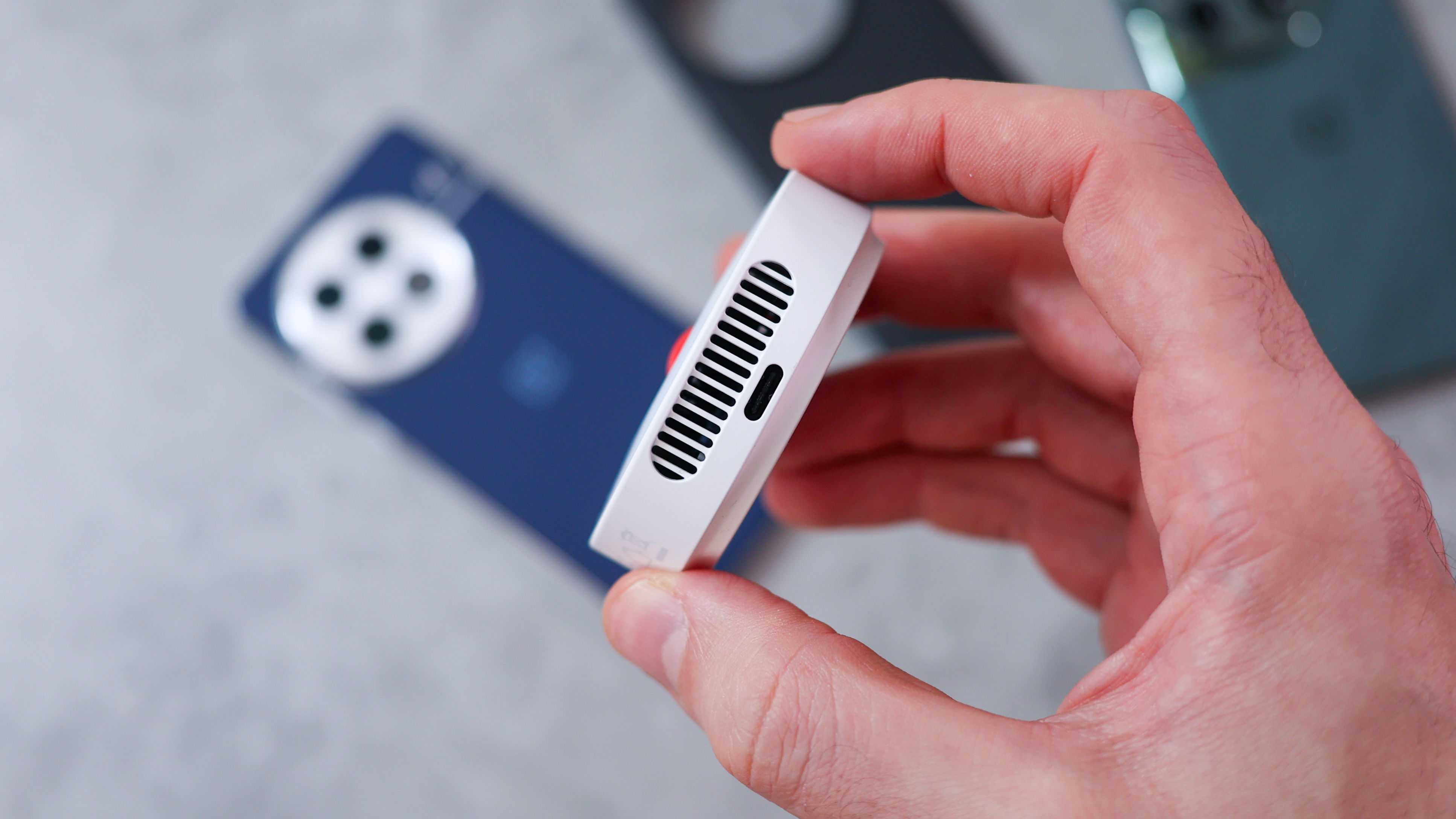
There are also four performance modes: Balanced (default), High-performance, Power saving, and Super power saving. Even with the OnePlus 13 set to High-performance, I still ended the day with around 15-20 per cent battery, even when gaming for an hour or longer.
Another battery boon is the OnePlus 13's fast charging. With 100W speeds, it can power up fully in under 40 minutes when plugged in, and the 50W wireless charging is handy for quick top-ups.
The phone doesn't ship with a charger in the box, so you'll need a compatible OnePlus or Oppo power brick to take advantage of those max speeds. If you aren't too concerned about 100W charging, it's great to see the OnePlus 13 works with the PD 3.0 standard as well, so can still charge faster than an Apple iPhone or Samsung Galaxy using a widely available Power Delivery fast-charging or a compatible laptop charger.
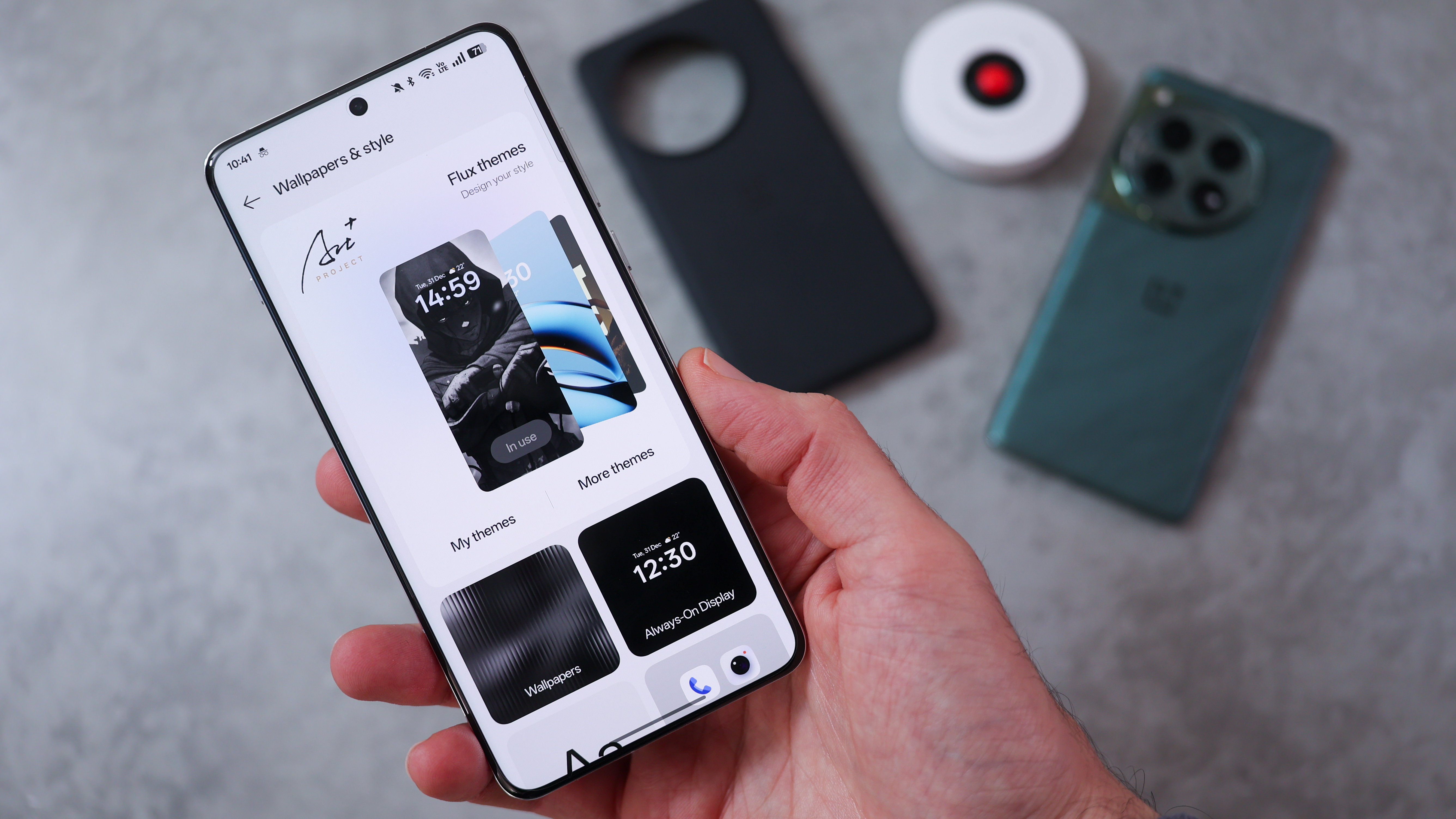
Nowhere is the convergence of OnePlus and Oppo more evident than in the software, as the OnePlus 13 and Oppo Find X8 Pro are very similar beasts when you fire them up. Both phones have Flux themes, pictured above, making it easy to switch up your interface quickly; they have the same new AI features – voice transcription summary, translate tools, web page reader, AI image editing tools – and both look and feel very smooth.
While Oppo is charging more for its flagship, the OnePlus 13's interface benefits from being less bloated. There's no second app store, and pre-loaded third-party apps are kept to a minimum. This actually makes OnePlus's OxygenOS 15 feel less cumbersome on first use than Oppo's ColorOS 15, further justifying the OnePlus 13's confident price.
OnePlus 13 review: Cameras
- Wide-angle: 15mm equiv, 50MP, ISOCELL JN5 sensor, f/2.0 aperture
- Main: 23mm equiv, 50MP, LYT808, f/1.6, optical stabilisation (OIS)
- Zoom (3x): 73mm equiv, 50MP, Sony LYT-600, f/2.65, (OIS)
- 7fps Clear Burst at 50MP with full HDR
- Hasselbald Portrait Mode
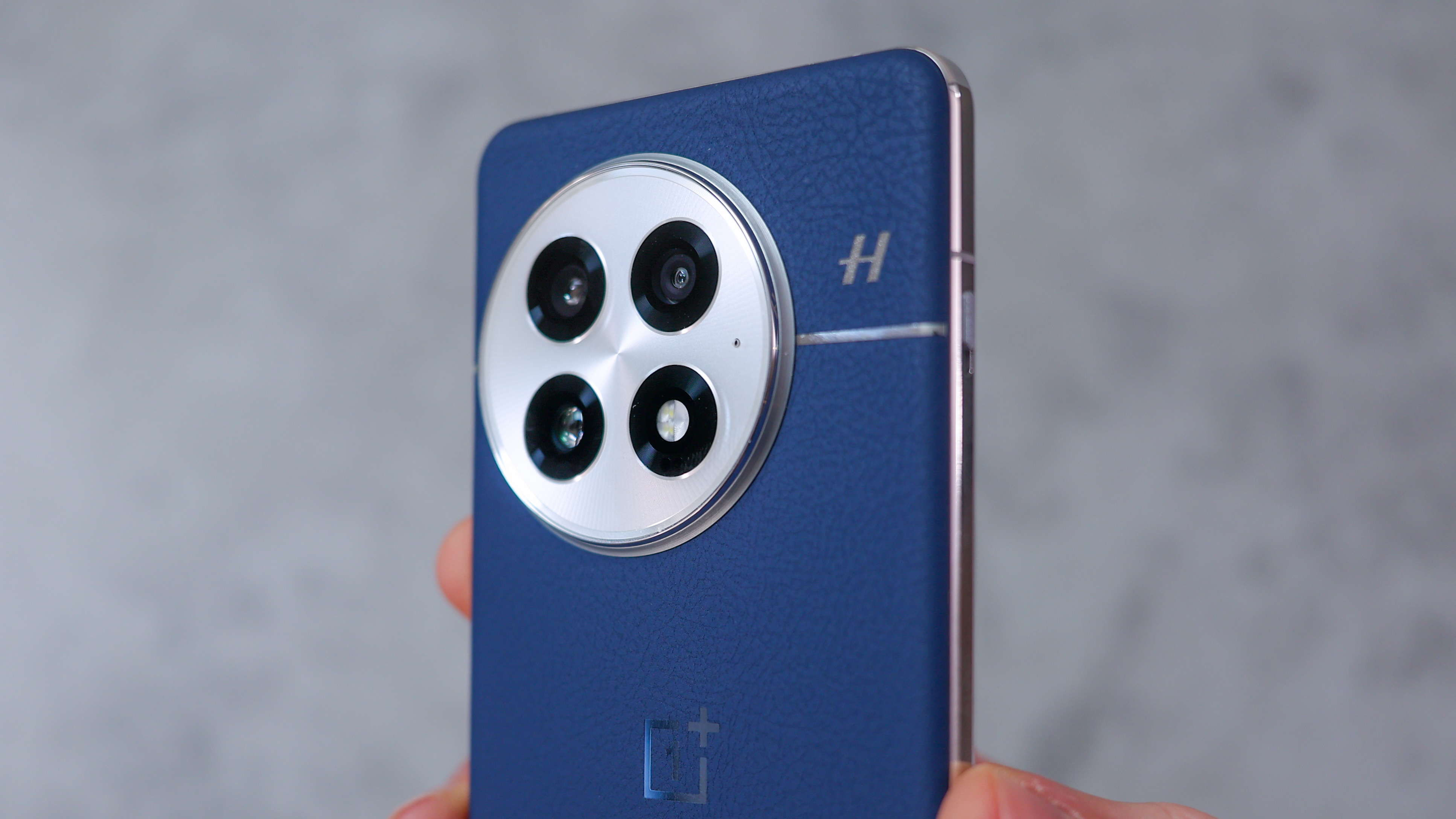
On paper, the OnePlus 13's camera mix is very similar to that of the OnePlus 12, but the key hardware difference is the telephoto, 3x zoom camera. To slim down the phone's profile, OnePlus opted for a new type of periscope camera – similar to the tetra-prism module in the iPhone 15 Pro – and while this is a win for design, it's a small step backwards in terms of camera versatility.
Specifically, the new 3x zoom can't focus close to objects, so you need to stand about 70cm away to use the telephoto camera's minimum focus distance. Telephoto cameras that can focus close create a beautiful quality to their photos with shallow depth and a pro-grade look.
While the OnePlus 12 was excellent for product photography, with its 3x camera able to focus as near as 20cm from a subject, the OnePlus 13 is categorically worse in this respect, and this extends to food photography captured on the 3x camera too.
It's worth noting that neither the iPhone 15 Pro or Pixel 9 Pro's zoom offer near-focus telephoto cameras, so this doesn't hold the OnePlus 13 back from being competitive, but for anyone specifically coming from a OnePlus 12, it's definitely worth knowing.

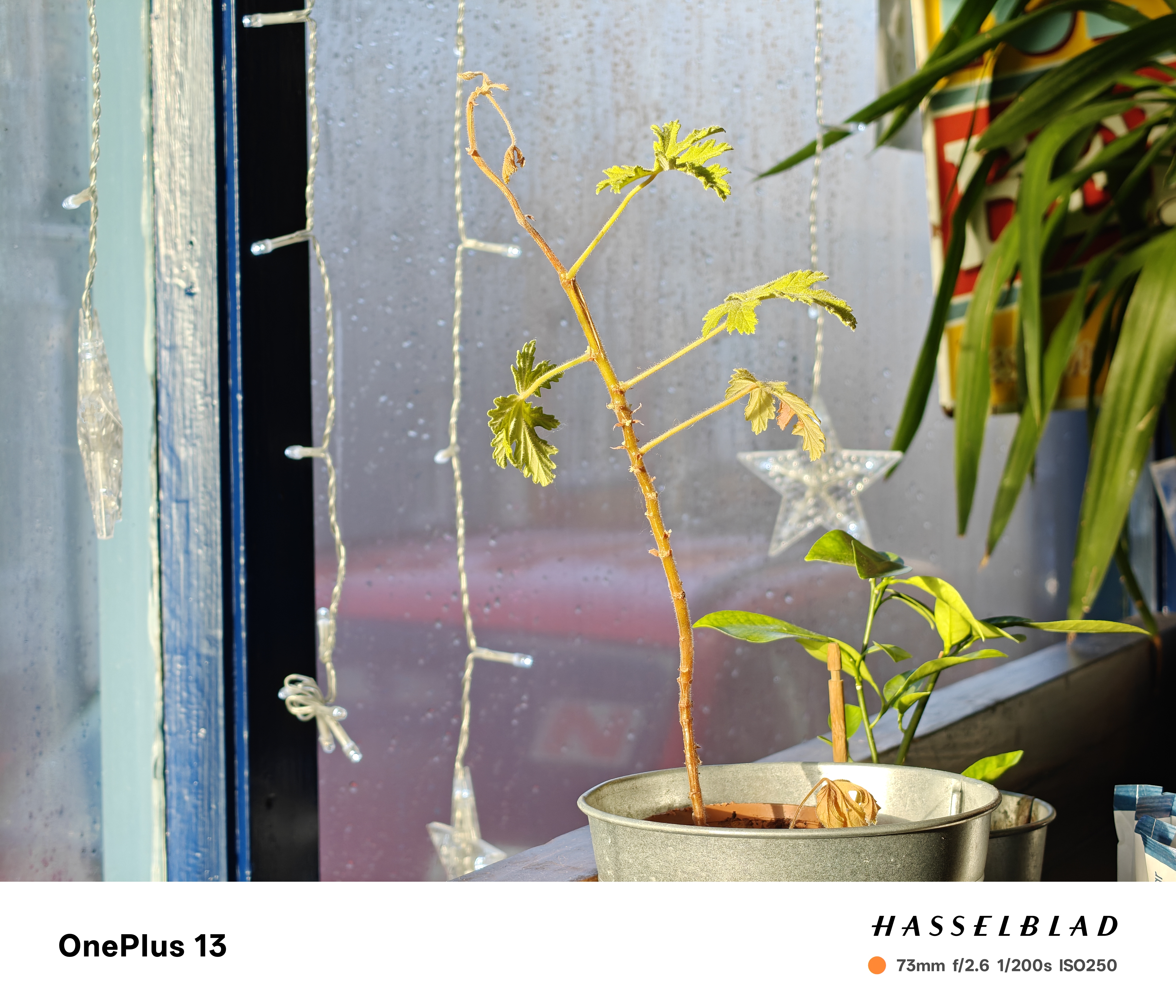

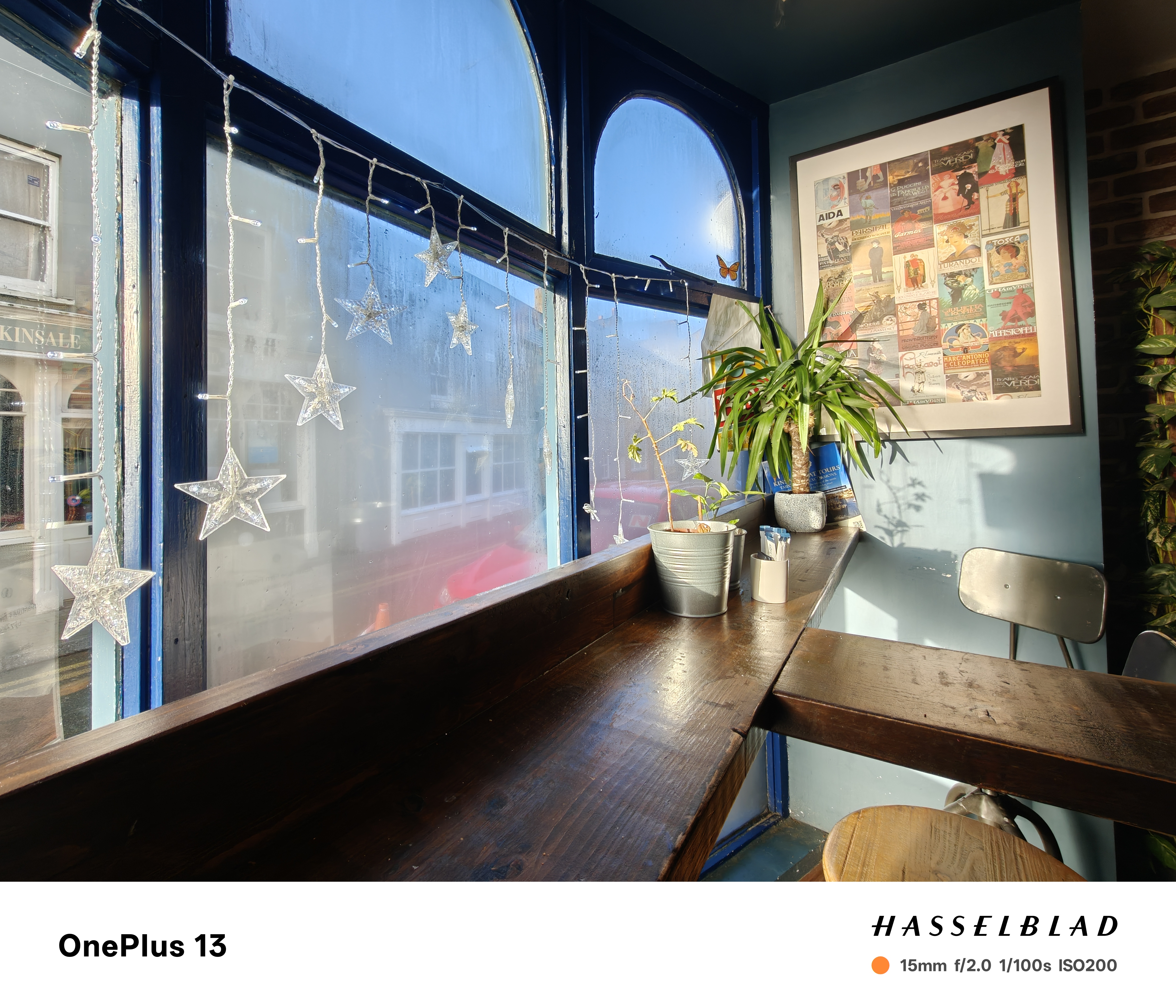
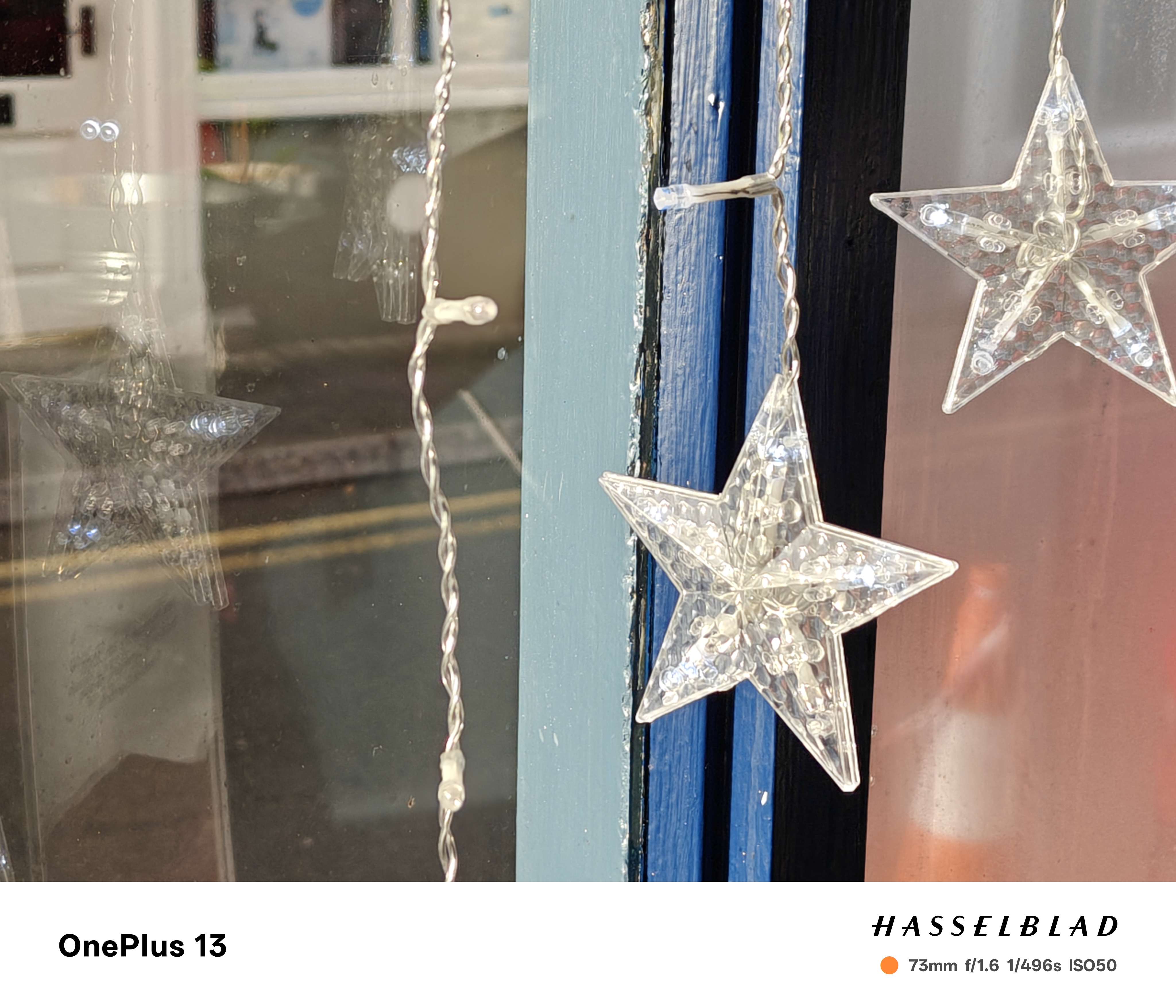







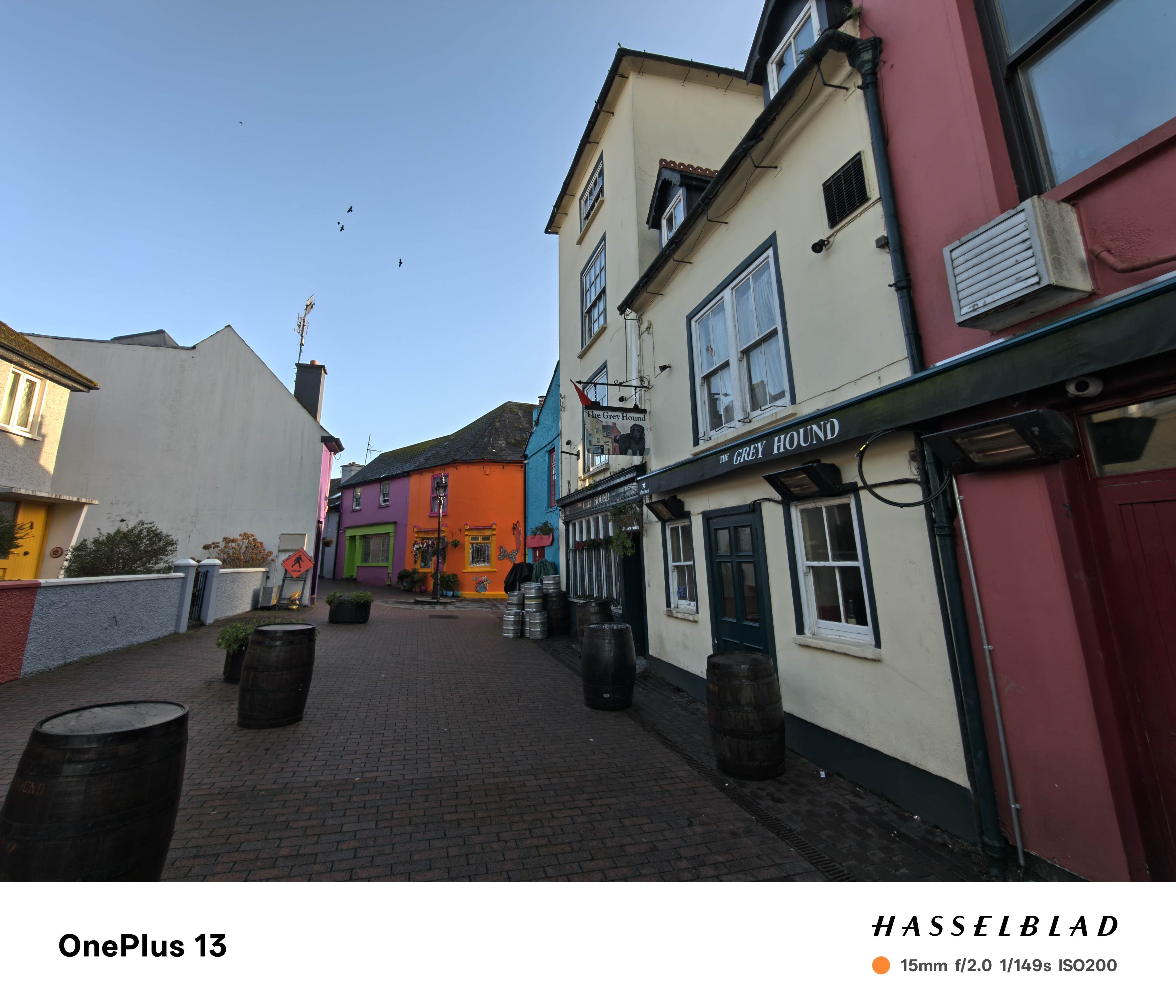
One other area the OnePlus 13 starts to lose me is the hyper-processed zoomed-in shots at 30x and beyond. While strictly speaking, these look no worse than the grainy mess you see on most other phones at absurd zoom ranges, the artificial sharpening and redrawing OnePlus introduces to clean elements up looks unnatural, and sometimes, I'd prefer to have a grainy mess than a composite of clean-looking shapes.
Those caveats aside, the OnePlus 13 still manages to be an excellent point-and-shoot camera across various situations. Its processing at 0.6x, 1x, 3x, and 6x is typically reliable and free from the over-sharpening I mentioned, and the phone captures a great balance of highlights and shadows.




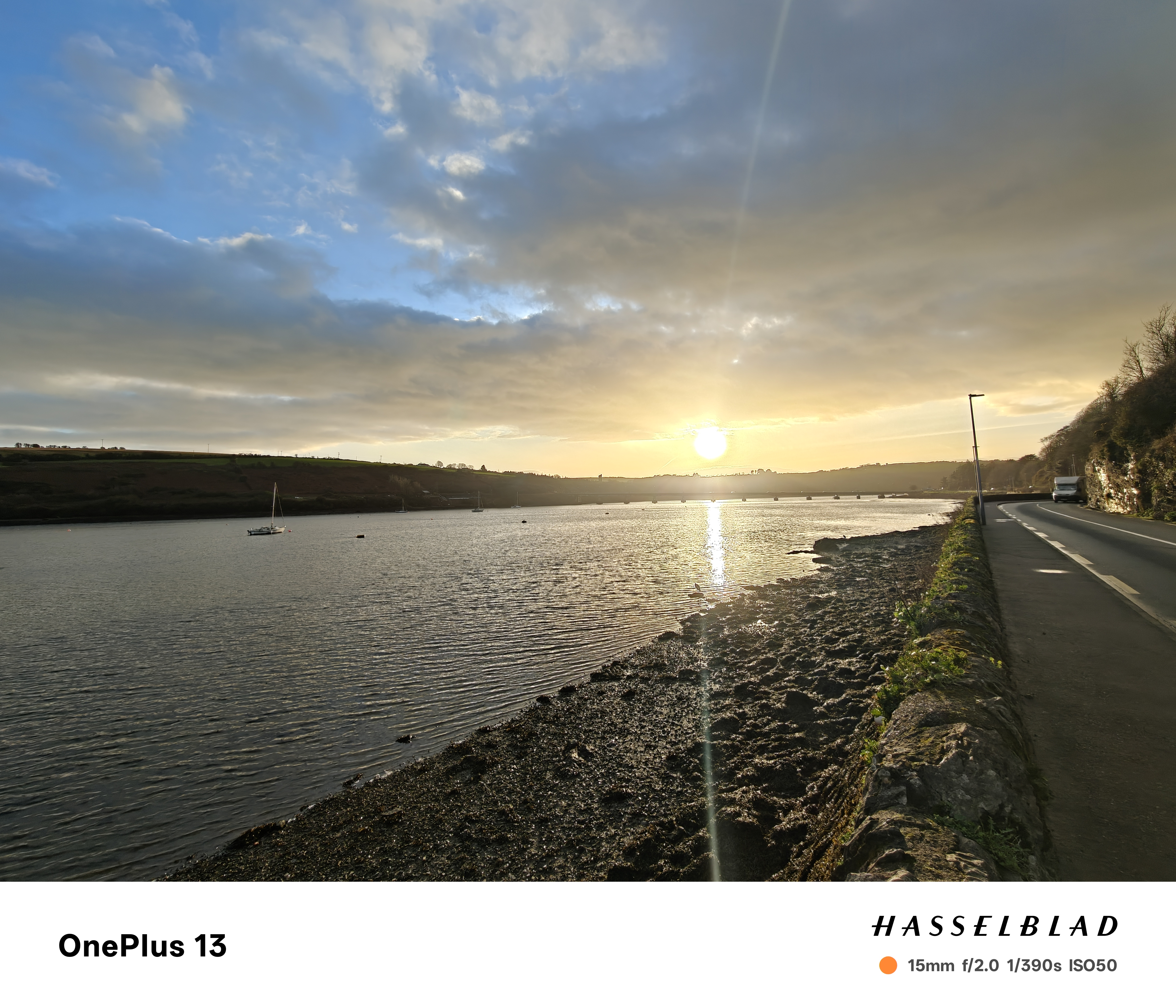


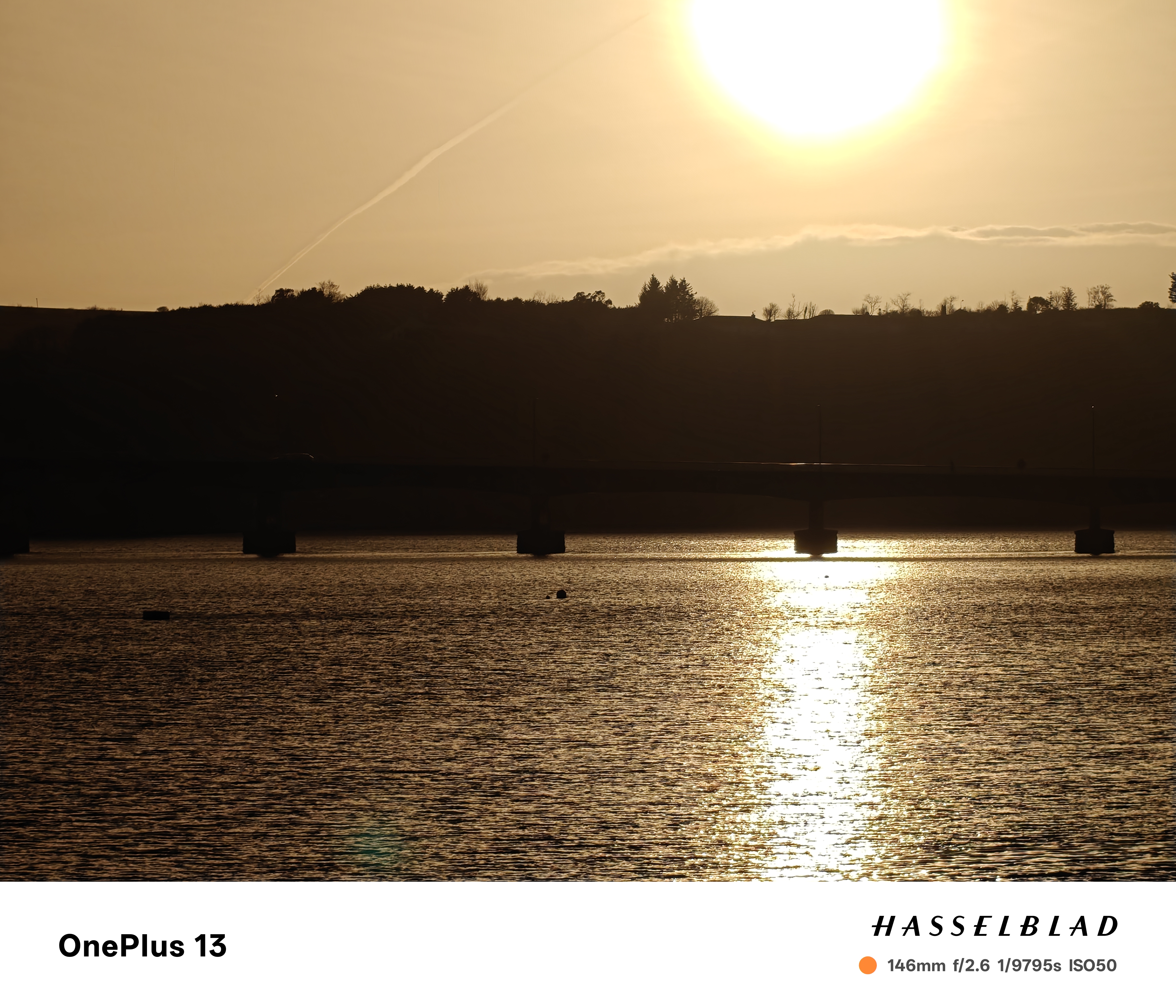
I particularly enjoyed the OnePlus 13's portrait mode, this being the area where the 3x camera shines. Typically, portrait modes leave me cold – I never use the feature on my iPhone, for example – but in the last year, OnePlus, Oppo and Vivo have converted me.
You can see the picture below taken in a pub. Yes, the background is too blurry and it doesn't look totally natural, but with OnePlus letting you change the blur amount post-shot, you can edit portraits that have an almost Canon-like warmth to them on-device.

The new burst mode in the OnePlus 13 (which also features on the Oppo Find X8) does a good job of snapping seven fully-processed photos per second across all rear cameras – particularly useful for kids and pets. There's also a relatively comprehensive Master Mode for manual control without missing out on Hasselblad image processing.
OnePlus also supports Dolby Vision (HDR) video across all three rear cameras at up to 60fps, and video from the OnePlus 13 looks very good. While pros might not consider it up to par with the latest Pro iPhone models or the Vivo X200 Pro's exceptional LOG mode, expect excellent-looking footage across a range of scenarios.
OnePlus 13 review: Verdict
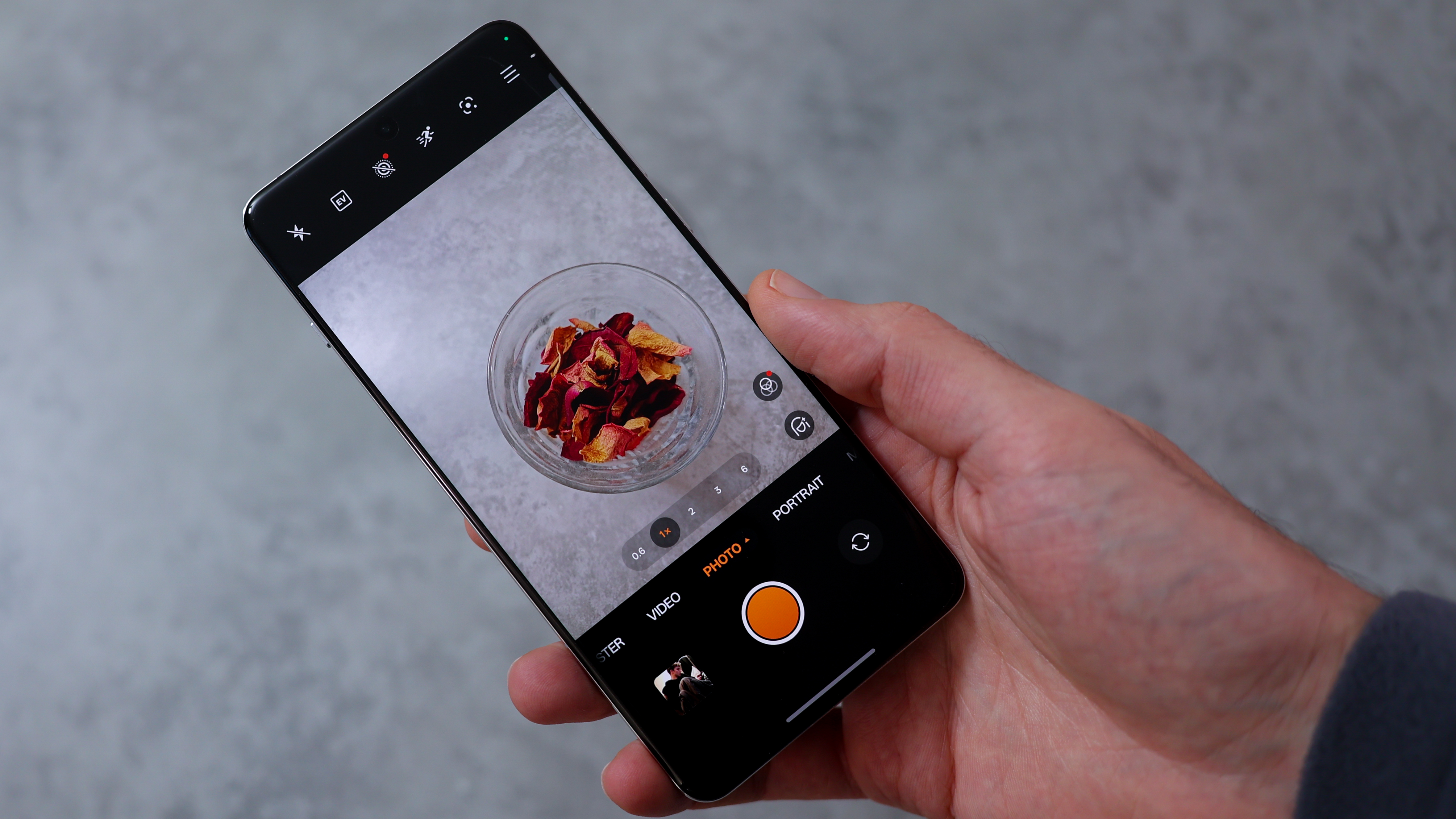
The OnePlus 13 is undoubtedly one of the best Android phones a power user can pick up right now. While its camera isn't best-in-class – the much pricier Xiaomi 14 Ultra bests it on that front – it's still very well-priced.
OnePlus outclasses the other Snapdragon 8 Elite phones available in January 2025: the Redmagic 10 Pro lacks the IP-rated durability and camera performance; the IQOO 13 misses out on wireless charging and its cameras also fall short. We're also expecting the upcoming Samsung Galaxy S25 Ultra and Honor Magic 7 Pro to cost a fair bit more than OnePlus's flagship, suggesting it will still be a great shout once they drop.
If you don't need the latest power and don't mind the curved screen, there's an argument to be made for opting for last year's OnePlus 12 instead – the phone has aged well – however, if you're happy with the asking price, the OnePlus 13 is a very good phone with excellent battery life and top-tier performance.
Also consider
If you like the look of the OnePlus 13 but want more zoom, the obvious choice is the Oppo Find X8 Pro. It features an identical camera mix plus a 6x zoom, but does cost more.
The Pixel 9 Pro is another alternative with a slightly more powerful camera mix, but significantly weaker battery and gaming performance. The Pixel 9 Pro also starts at a very modest 128GB storage capacity, so to match OnePlus's 256GB or 512GB, you can expect to spend significantly more.
If power is your priority, the Redmagic 10 Pro's inbuilt fan and less aggressive throttling keeps frame rates higher for gamers and the phone sports a much edgier aesthetic. It also has a huge 7000mAh battery and is significantly cheaper than the OnePlus 13. With no IP-rated water resistance, wireless charging, and a much more limited software support promise, however, Redmagic products are almost exclusively suited to gamers.
If you like the OnePlus 13's feature set – wireless charging, a great screen, premium styling – but don't need all that power, the Xiaomi 14T Pro is a lower-cost alternative that's a similar kind of all-rounder – just at a lower price and positioning.

Basil has been writing about tech for over 12 years, with bylines in TechRadar, Metro, Wired, and Digital Camera World – to name but a few titles. He expertly covers everything from mobile phones to smart devices, cameras, audio-visual hardware, and kitchen tech. In addition to his extensive journalism experience, Basil is also skilled in video production, content strategy, and vegan baking, and runs Tech[edit], a technology-focused YouTube channel.